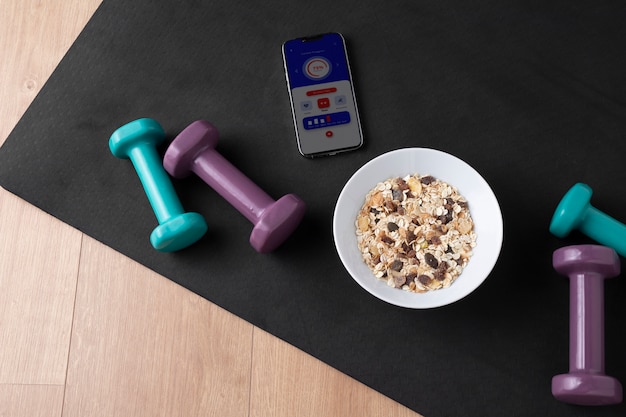Intermittent fasting (IF) has gained widespread attention for its potential health benefits, especially for individuals managing chronic conditions like type 2 diabetes, hypertension, and obesity. The good news? You don’t need hours of planning or drastic lifestyle changes to begin. With just 15 minutes a day, you can build a sustainable intermittent fasting routine that supports long-term wellness.
Intermittent fasting is not a diet in the traditional sense, but rather an eating pattern that cycles between periods of eating and fasting. Common methods include the 16:8 method (fasting for 16 hours, eating within an 8-hour window), the 5:2 approach (eating normally for five days and restricting calories for two), and alternate-day fasting.
For those managing chronic conditions, IF may help improve insulin sensitivity, reduce inflammation, support weight management, and promote cellular repair processes like autophagy. However, it’s essential to approach fasting with care, especially when dealing with medical conditions.
Starting small reduces overwhelm and increases adherence. Just 15 minutes a day allows you to focus on planning, tracking, and reflecting—key habits that lead to long-term success. Think of it as a daily wellness check-in that keeps you on track without consuming your schedule.
Choose a fasting schedule that fits your lifestyle. For beginners, the 14:10 or 16:8 method is often manageable. Use your 15 minutes to decide when your eating window starts and ends. For example, eating between 10 a.m. and 6 p.m. gives you a solid 16-hour fast.

Focus on nutrient-dense foods during your eating window—lean proteins, healthy fats, fiber-rich vegetables, and complex carbohydrates. If you have diabetes, balance your carbs with protein to avoid blood sugar spikes. Use this time to jot down a simple meal idea or review a healthy recipe.
Tracking keeps you accountable. Use a journal, app, or simple checklist to log:
This data helps you and your healthcare provider assess how fasting affects your condition.
End your 15-minute session with a motivational cue. Repeat a personal affirmation like, "I am taking control of my health," or review a progress note from last week. Small wins build long-term commitment.
Motivation fades, but systems endure. Use these cues to stay consistent:
While intermittent fasting shows promise, it’s not suitable for everyone. Individuals with type 1 diabetes, kidney disease, eating disorders, or those on certain medications should consult a healthcare provider before starting. Fasting can affect medication efficacy and blood sugar levels, so medical supervision is crucial.
Begin with shorter fasts and gradually increase duration. Stay hydrated and break your fast if you experience severe dizziness, confusion, or chest pain.
Starting intermittent fasting doesn’t require a complete life overhaul. With just 15 minutes a day, you can build awareness, track your health, and stay motivated—especially important when managing chronic conditions. The key is consistency, self-monitoring, and professional guidance.
By integrating small, intentional actions into your daily routine, you empower yourself to take meaningful steps toward better health—one mindful minute at a time.

Health

Health

Health

Health

Wellness

Wellness

Wellness

Wellness

Fitness

Fitness

Health

Fitness

Health

Fitness

Health

Health